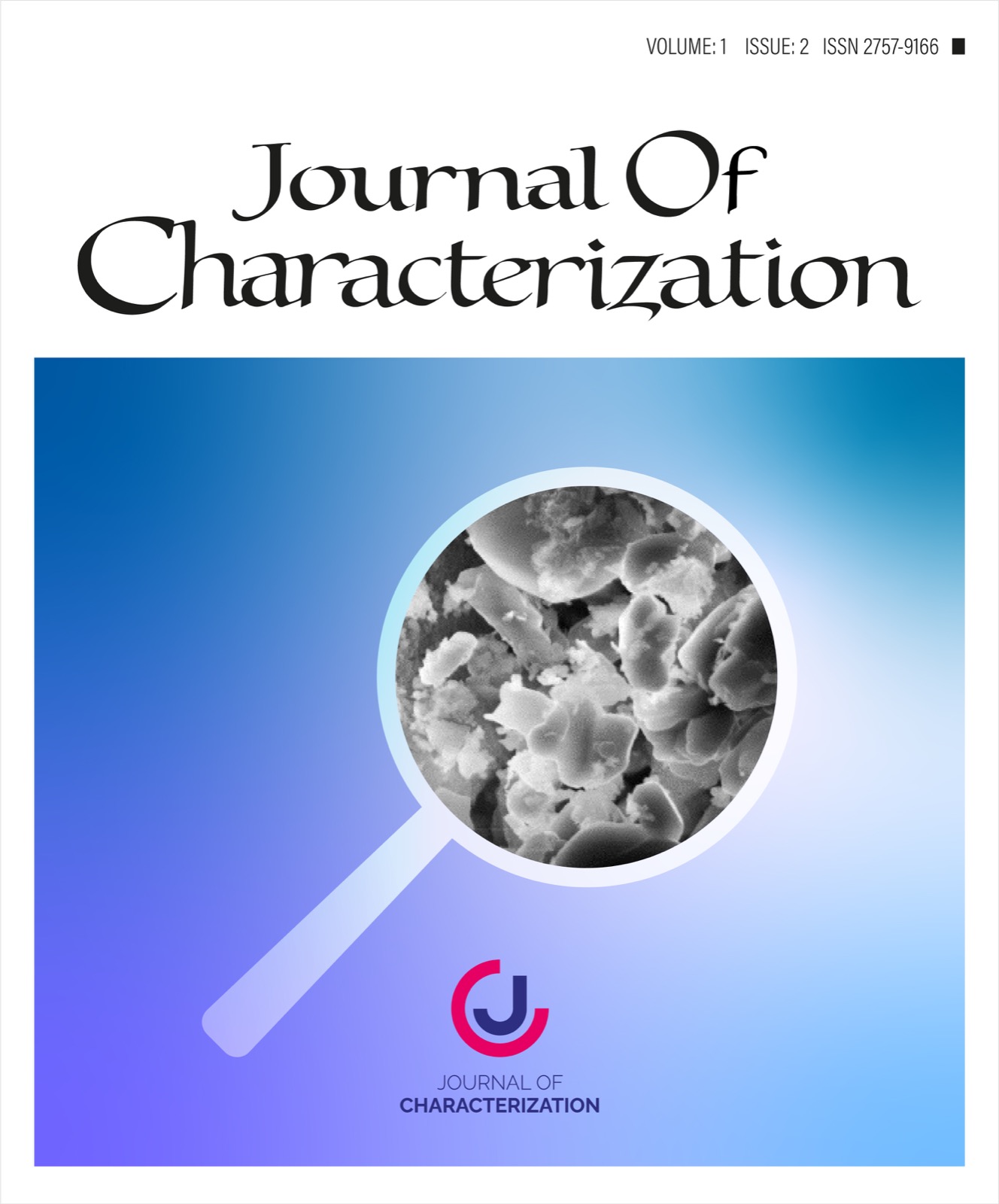Gazlı Amortisörlerde Kullanılan Mil Malzemelerine Uygulanan Farklı Yüzey İşlemlerinin Aşınma Performansına Etkisi
Author :
Abstract
Gazlı amortisörler, birçok uygulamada yük ve ağırlık ihtiva eden kapakları eş kuvvet ile dengelemek ve kullanım alanında hız kontrolü sağlamak, damperlemek hatta yükü kaldırmak gibi roller oynamaktadırlar. En bilinenleri; arabaların bagaj ve motor kapakları, mobilya kapakları, makina kapakları, ameliyat masaları, çeşitli endüstriyel uygulamalar, vb.’dir. Gazlı amortisörlerin sahip olduğu gaz basıncının ortalama %10’u kaybedilene kadar açma-kapama sayısı genellikle kullanım ömrünü belirtmektedir. Çalışma ömrünü belirleyen sızdırmazlığı sağlayan elemanlar üzerindeki tribolojik mekanizmada sürtünme ve aşınma rol oynamaktadır. Mil malzemesi ile sızdırmazlık elemanı arasındaki olaylar dizisinde mil malzemesinin yüzey pürüzlülüğü, sızdırmazlık parçası olan keçe ve O-ringlerin malzeme özellikleri etkendir. Mil malzemesinin pürüzlülüğünü iyileştirmek ve aşınmaya karşı direncini arttırmak için farklı prosesler ile yüzey özellikleri iyileştirilebilmektedir. Bu çalışmada, aynı çaplarda ve aynı özelliklerde hazırlanmış olan gazlı amortisörlerde nitrürasyon uygulanmış C35, krom kaplanmış C45 ve krom kaplanmış SS316 olmak üzere 3 farklı milin ve farklı özelliklerdeki keçelerin amortisör ömrüne olan etkisi tribolojik olarak araştırılmıştır. Yapılan testlerde yüzey pürüzlülükleri, sertlikleri, aşınma dirençleri, sürtünme kuvvetleri, ömür testlerindeki gaz kayıpları ölçülmüş ve yorumlanmıştır. Sonuç olarak en iyi amortisör ömrüne, düşük pürüzlülükteki mil ve PU keçe ile ulaşılmıştır.
Keywords
Abstract
Gas springs play roles in many applications, such as balancing the covers containing load and weight with equal force and providing speed control in the area of use, damping and even lifting the load. Best known applications are luggage and engine covers of cars, furniture covers, machine covers, surgical tables and different industrial applications, etc. The number of opening and closing times is usually indicated by the lifetime of the gas springs until 10% of the gas pressure is lost. Friction and abrasion play a role in the tribological mechanism on the sealing elements that determines the working life. The events between the rod material and the sealing element are affected by the surface roughness of the rod material, and material properties of the sealings and O-rings. To improve the roughness of the rod material and increase its resistance to wear, surface properties can be improved by different processes. In this study, the effect of the rod material and surface properties was investigated tribologically on the life of the gas springs. Three different rods were prepared with the same specifications and with the same diameter, as nitrided C35, chromium plated C45 and chromium plated SS316. Surface roughness, hardness, wear resistances, friction forces and gas losses in the life-cycle tests were measured and interpreted. As a result, the best gas spring life is achieved with low-roughness rod and with PU seal.
Keywords
- [1] Y. Soydan and L. Ulukan, Temel Triboloji. Kopisan, 2013.
- [2] S. Kessel, “Publication of Stabilus Full Year Results for Fiscal Year 2018, Annual Report,” 2018. [Online]. Available: http://ir.stabilus.com/download/ companies/stabilus/Annual%20Reports/LU1066226637-JA-2017-EQ-E-00.pdf. [Accessed May 17, 2021].
- [3] K. Sakarya and S. Karakoç, “Ağır hizmet uygulamalarında kullanılan sızdırmazlık elemanlarında yenilikler,” In Proc. VI. Ulusal Hidrolik Pnömatik Kongresi, 2011, pp. 57-72.
- [4] A. Yildiz, O. Kopmaz and Y. Gokyer, “Binek araçlarda kullanılan gazlı pistonlu bagaj kapağı açma kapama mekanizmalarının incelenmesi”, Uludağ University Journal of The Faculty of Engineering, vol. 20, pp. 1-10, 2015.
- [5] J. Boblet and M. Kreutz, “TUFFTRIDE / QPQ Process,” 2000. [Online]. Available: http://www.houstonunlimitedinc.com/pdf/Tufftride.pdf. [Accessed May 17, 2021].
- [6] M. T. Bengisu and A. Akay, “Stick–slip oscillations: Dynamics of friction and surface roughness”, The Journal of the Acoustical Society of America, vol. 105, pp. 194-205, 1999.
- [7] O. Devlen and K. Sakarya, “PTFE ürünlerinde gelişmeler ve sızdırmazlık teknolojisinde kullanım alanları” In Proc. VI. Ulusal Hidrolik Pnömatik Kongresi, 2011, pp. 349-364.
- [8] W. Cai, F. Meng, X. Gao and J. Hu, “Effect of QPQ nitriding time on wear and corrosion behavior of 45 carbon steel”, Applied Surface Science, vol. 261, pp. 411-414, 2012.
- [9] J.-I. Lee, “The development of gas seal lip technology on piston rod for reducing a friction force on moving gas spring elevation”, Journal of the Korea AcademiaIndustrial cooperation Society, vol. 16, pp. 7166-7175, 2015.
- [10] G. D. Benedetto, M. Organisciak, G. Popovici and A. Stijepić, “Film thickness prediction of radial lip seal”, FME Transactions, vol. 37, pp. 87-90, 2009.
- [11] D. W. Irman, and H. Bollman, “Skf sealing NBR00450 (NB9016) technical datasheet”, 2010.
- [12] Kastas Sealing Technologies A.S., “PU9201 Material Datasheet”. 2012. [Online]. Available: http://www.hydrokrak.pl/!data/pdf/Kastas_NewProducts Catalogue_EN.pdf.
- [13] Shell, “Shell Spirax S2 ATF AX Datasheet”. 2015. [Online]. Available: http://www.ozgunshell.com/yuklemeler/shell-spirax/SHELL%20SPIRAX%20 S2%20ATF%20AX.pdf. [Accessed May 17, 2021].
- [14] I. Gunes and A. G. Celik, “Surface characterization of chromized AISI 5115 steel by thermo reactive diffusion method”, Journal of Characterization, vol. 1, pp. 61-65, 2021.





